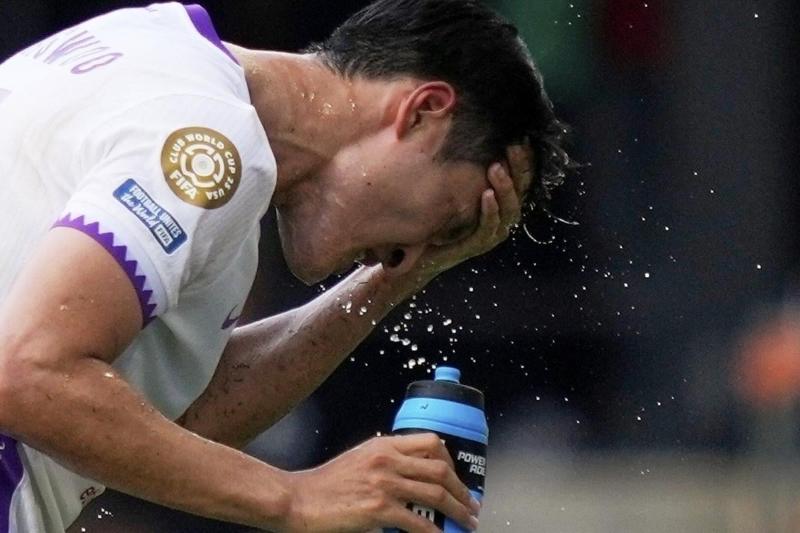How climate change could force FIFA to rethink the World Cup calendar 


07-16 10:22Views 3384
The FIFA Club World Cup held in the United States from June 14 to July 13, 2025, served as a stark preview of heat challenges facing soccer, with players like Al Ain’s Park Yong-woo, Palmeiras’ Vitor Roque, Auckland City’s Gerard Garriga, and Al-Hilal’s Renan Lodi visibly struggling against extreme temperatures. Scientists warn that rising global temperatures make hosting tournaments like the upcoming 2026 World Cup—co-hosted by the U.S., Mexico, and Canada—increasingly hazardous for players and spectators.
Experts emphasize that FIFA may need to fundamentally adjust soccer’s calendar to mitigate heat risks. Professor Piers Forster of the Priestley Centre for Climate Futures urged governing bodies to consider "more dramatic measures," such as shifting matches to winter months or cooler latitudes, cautioning that current trends heighten the threat of heat-related tragedies. This concern is amplified by data showing global June-August temperatures have risen 1.05°C (1.89°F) since 1930, with European summers warming 1.81°C—accelerating since the 1990s.
Climatologist Friederike Otto stressed that high-intensity outdoor sports must adapt scheduling to safer hours, stating matches should occur "in the early morning and late evening" to avoid life-threatening heat exhaustion. The recent Club World Cup’s disruption by extreme heat and thunderstorms underscores the urgency, as FIFA begins implementing adaptive measures ahead of future tournaments.









































Related Comments(2339)